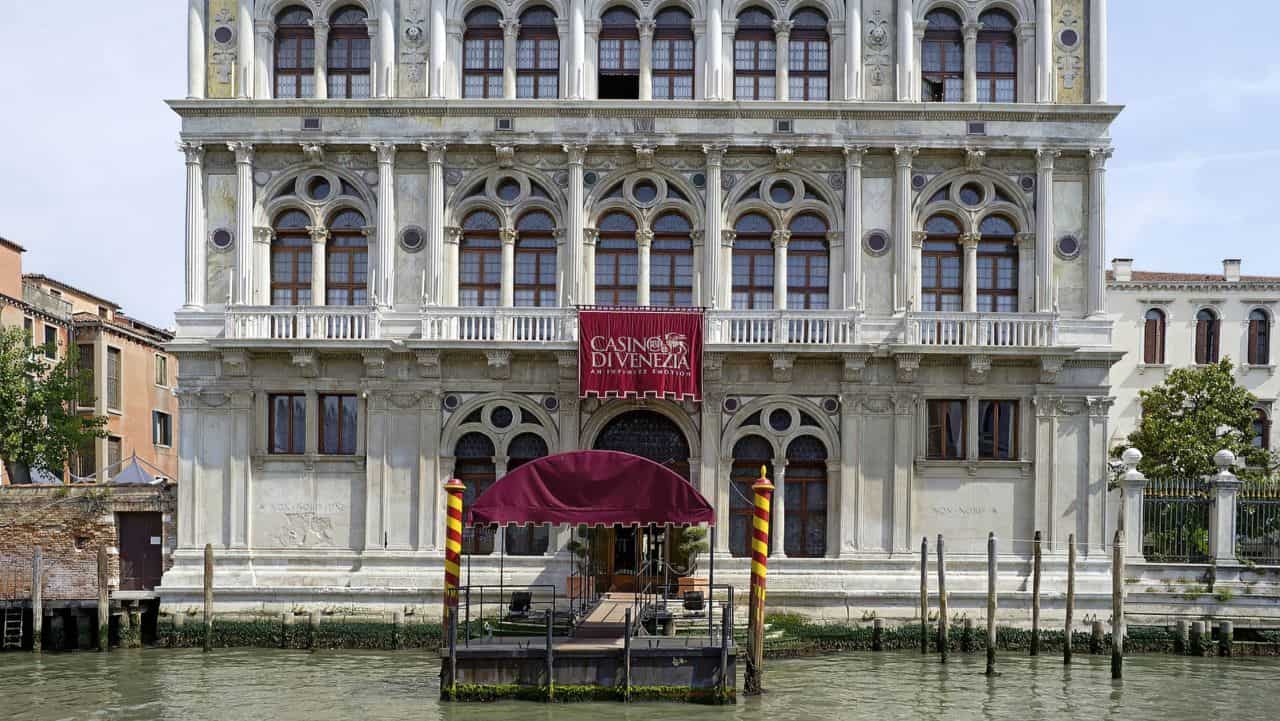If you imagine a casino, it’s probably a flashy place with tons of lights and over-the-top decorations that would be right at home on the Las Vegas strip. However, in Venice overlooking the Grand Canal, one casino with centuries of history shows us a different take on our favorite gambling dens. Known as the Casinò di Venezia, this three-story building is a former palace with many rich owners that drew in other casinos and still entertains gambling fans today.
The Foundations of Culture
The building that houses the Casinò di Venezia, named the Ca’ Vendramin Calergi, is the work of the Italian architect Mauro Codussi. Commissioned to build the palace by the then-ruling Loredan family, he was known for designing many of Venice’s beautiful churches. Construction on the palace began in 1481, and was finished in 1509 with the help of another architect by the name of Pietro Lombardo due to Maruo’s death. Andrea Loredan, the one who commissioned the palace, decorated the completed palace with his art collection and had commissioned artists such as Mattia Bortoloni and Palma il Giovane to contribute frescoes and paintings. Many of these pieces remain in the casino today, long before the digital age and online sites, making it as much as an art exhibit as it is a casino.
Theatre and Gambling: A Winning Combination
The ownership of Ca’ Vendramin Calergi changed hands many times between when it was commissioned to modern day. During its ownership by Vittore Calergi, the casino officially opened in 1638 as a theatre known as the Theatre Saint Moses, which had a wing for gambling that would be used during intermissions. It may have been a side attraction to the main events, but it wound up sparking an interest in more casinos. By 1744, more than 120 other casinos had been established in Venice.
A Home to Music
In addition to being a theatre and casino, Ca’ Vendramin Calergi was also a home. One of its most distinguished guests was the German composer Richard Wagner, who stayed at the palace six different times throughout his life, with his first visit in 1858. His last stay began on September 16, 1882, when he rented out the mezzanine floor and moved in along with his family until he died of a heart attack on February 1883. Wagner’s musical legacy has become a part of the modern casino, with the property hosting an Italian restaurant known as The Wagner as well as The Wagner Museum. The museum, which opened in 1995, is home to the Josef Lienhart Collection, which represents the second-largest private collection of Richard Wagner heirlooms. First place in that category goes to the German town of Bayreuth, another town in which Wagner lived.
A Modern Casino with a Renaissance Aesthetic
Giuseppe Volpi, Count of Misurata and the last of Ca’ Vendramin Calergi’s private owners, sold the palace to the city of Venice in 1946. Several years later, Venice gave the palace a renovation and opened it as an official casino in 1959. Just a 20-minute walk from St. Mark’s Square and accessible by a free boat shuttle service, the Casinò di Venezia offers plenty of attractions to its guests. Those looking to gamble have hundreds of options available, including blackjack, roulette, poker, and over 600 slot machines. The Casinò di Venezia often sees professionals take part in major poker tournaments, including the World Poker Tour.
A Cultural Hotspot
Although it’s primarily been a gathering place for the upper crust in the past, the Casinò di Venezia has remained a cultural hotspot for all types of people. Celebrities such as Coolio and Claire Danes have held large parties at the casino. In addition, the Casinò di Venezia has been a popular filming location for Hollywood movie sets and Venice Film Festival events. Fans of James Bond may recognize the Casinò di Venezia from the 2006 film Casino Royale. Much of the filming took place in the city of Venice, and the casino was an integral part of the movie. With its highly ornate charm expressed through large wooden doors, crystal chandeliers, and vintage mirrors made by Murono glassmakers, it’s no wonder that it was chosen for one of Bond’s more popular cinema adventures.

